How to Release Fish…
I’ve written a lot over the years about the proper way to release a fish. For some of the smaller, hardier species like sunfish, it’s not as imperative. For larger, more sensitive fish that see a lot of pressure like trout and bass, it’s the difference between a great fishery and a distant memory.
What does it feel like to be caught?
Imagine yourself swimming in the ocean. A fin breaks the surface nearby, and you are more than 200 yards from the beach. You swim with the desperation of someone who might not be long for this world, collapsing on the beach just feet (pun intended) ahead of the shark.
You’re panicked, out of breath and stressed. Your heart is racing out of control from the combination of physical exertion and stress — medically speaking, you’re tachycardic — and then someone dunks your head under water for 10 seconds. You come up for air for 30 seconds, then you’re dunked again. This pattern repeats two or three times, and you’re left alone on the beach, gasping for breath.
Your chance of suffocating is nil, but the stress your body has just endured is substantial. You are certainly oxygen-deprived; your stress levels are elevated, and your risk for heart attack and stroke have increased. Your vision has blurred just a bit, and you would be less able to defend yourself should a would-be assailant decide to mug you at that moment.
Assumptions
Before we get started, I’m going to make a few assumptions:
1. You’re willing to change your practice if it means improved health of your fishery. If you’re going to spout some garbage like “Fishermen hook fish in the face, so don’t pretend to care about their health,” then you need to start caring more about our natural resources.
2. You believe in the idea of catch-and-release — at least sometimes. Releasing every fish is not a moral issue, though I do release most of what I catch. You just have to believe that there are circumstances where catch-and-release fishing makes sense.
Components of Catch and Release
1 — Gear Selection (Rod, Reel, Line, Lure/Bait/Hook)
2 — Net
3 — Handling Fish
4 — #KeepEmWet
Let’s get started.
1 — Gear Selection
Before you even catch a fish, it’s important to choose an appropriate rod, reel, and line weight. Using undersized gear can make for a great fight, but using too-small rods, reels, or line causes undue stress on the fish and dramatically increases mortality.

For this reason, use the heaviest gear you realistically can. I’m not saying to throw a heavy boat setup for sunfish, but the misconception that using lighter gear is more sporting is actually a fallacy. Using heavy-enough gear is sporting. My all-around freshwater spinning combo is a medium-action rod with 12′ monofilament line for lures and 20′ braid with a 15′ fluorocarbon leader for bait.
If you’re not sure what to use, check out my Gear Up! section for specific shopping lists by species and style of fishing.
Simply stated, every fish is different, so trying to limit the length of the fight as much as possible is a necessity. I’m talking to you here, fly fishermen: your hook may be smaller, but that 20-minute fight with a five-pound fish on a 4-weight rod will cause a lot more damage to it than the angler throwing a Rapala on heavier gear who fights the fish for two minutes, carefully unhooks it and releases it immediately.
As for the bait or lure, choose wisely. A 1992 study of a trophy brook trout fishery in Michigan entitled “Hooking Mortality of Trophy-Sized Wild Brook Trout Caught on Artificial Lures” looked at mortality rates of fish by caught and released by anglers.
Five lures were used: a spinner with a single hook, spinner with a treble hook, spoon with a single hook, spoon with a treble hook and a Rapala with two treble hooks.

Catch and release was the goal, but four of the five lures killed a percentage of the fish caught on them. Mortality rates were highest for the treble spinner (10.93 percent), treble spoon (5.6 percent), single spinner (3.15), single spoon (1.61) and a shocking zero for the Rapala. Despite the dual trebles, not a single one of the 126 Rapala-caught fish died in the study.
The takeaway?
Spinners and spoons (especially those with trebles) aren’t safe for fish. Use Rapalas or swimbaits instead to avoid unnecessarily killing fish.
Fly anglers usually make up for too-light gear by using small single hooks and generally have solid fish handling practices otherwise, so that’s a good thing. Use the fewest possible hooks to catch the fish, and you’ll cause the least amount of damage to it.
Once you do hook and land one, proper fish care is just beginning, though.
2 — Net
You know those old nylon nets that your dad used to use? Throw them away. Instead, use a rubberized net that won’t strip away fish slime unnecessarily. Simply using the wrong net can kill a fish.
Once you’ve purchased your new rubberized net, practice netting small fish to get the hang of it, always netting head-first. That is, allow the fish to swim into the net rather than chasing it like you would a butterfly.
Netting fish is an art. For sensitive fishes with no slime coat, you’re almost always better off netting them — even small ones — as opposed to trying to grab them.
The net limits the fish’s mobility and enables you to quickly unhook it while keeping it in the water.

If the fish isn’t particularly large or a new species, and you want to photograph it, simply unhook it and scoop the net underwater to let the fish swim free.
If it’s large, a new species, or otherwise meaningful to you, and you’d like photos or measurements, read on.
3 — Handling Fish
The first step after getting a fish into your net is to wet your hands and remove any gloves you have on. Gloves are a major fish killer, and unless you’re using 100% rubber gloves like those your proctologist uses for your periodic checkups, it will strip slime off the fish and damage it.
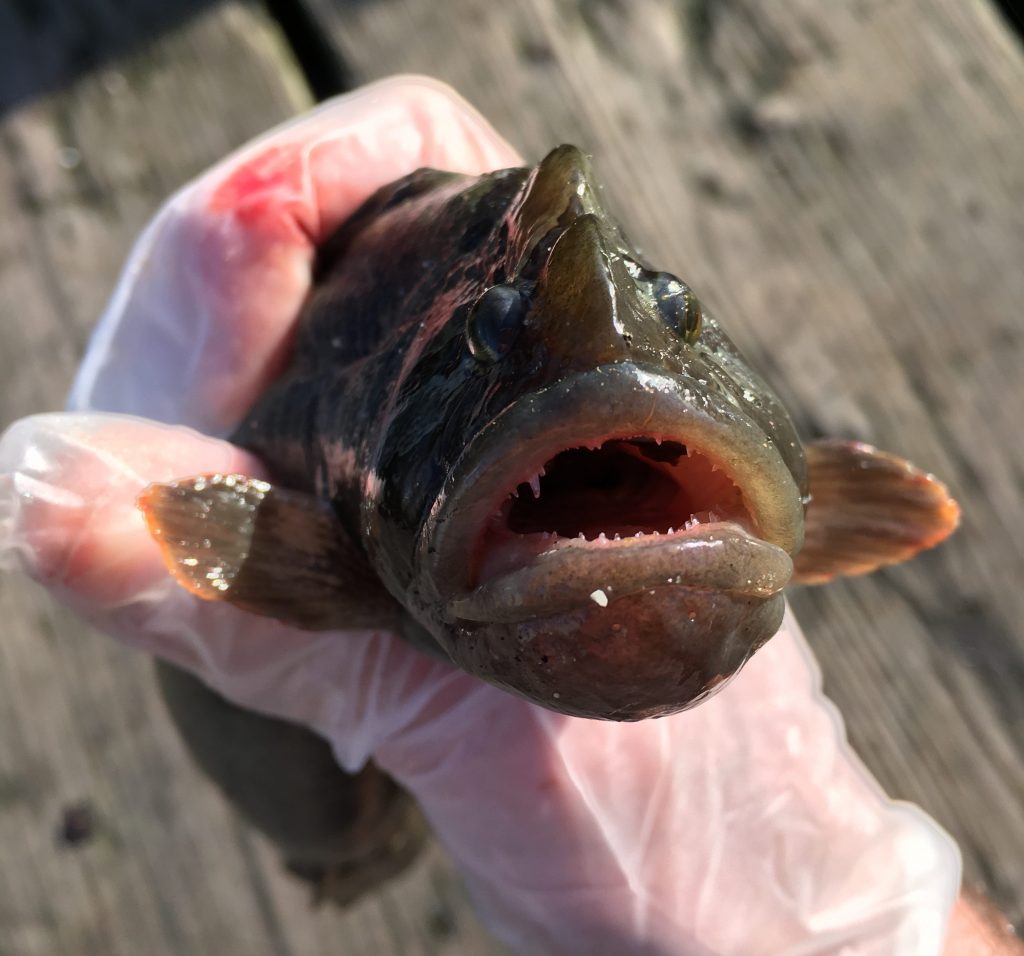
If it’s “too cold” then you should consider a softer sport more your speed like knitting or gluten-free baking. I’m mostly kidding.
Anyhow, once your hands are wet and free of gloves, you should also avoid handling the fish with a Boga grip or pliers. If you need the latter to get leverage and unhook a fish, fine, but never hold the fish with the pliers or a Boga. These tools can break jaws and cause all sorts of trauma to a fish’s internal organs that is unnecessary.
Even if the fish has teeth, Bogas aren’t always necessary. When fishing for toothy fish that could cut you but not bite off your finger, just wrap some duct tape around your thumb. Fish like Bowfin, large trout, and most small-toothed saltwater fish can be lipped this way, so quit embarrassing yourself. Just be sure to support the fish with a second hand if you lip them. They need as much support out of water a shark possible.
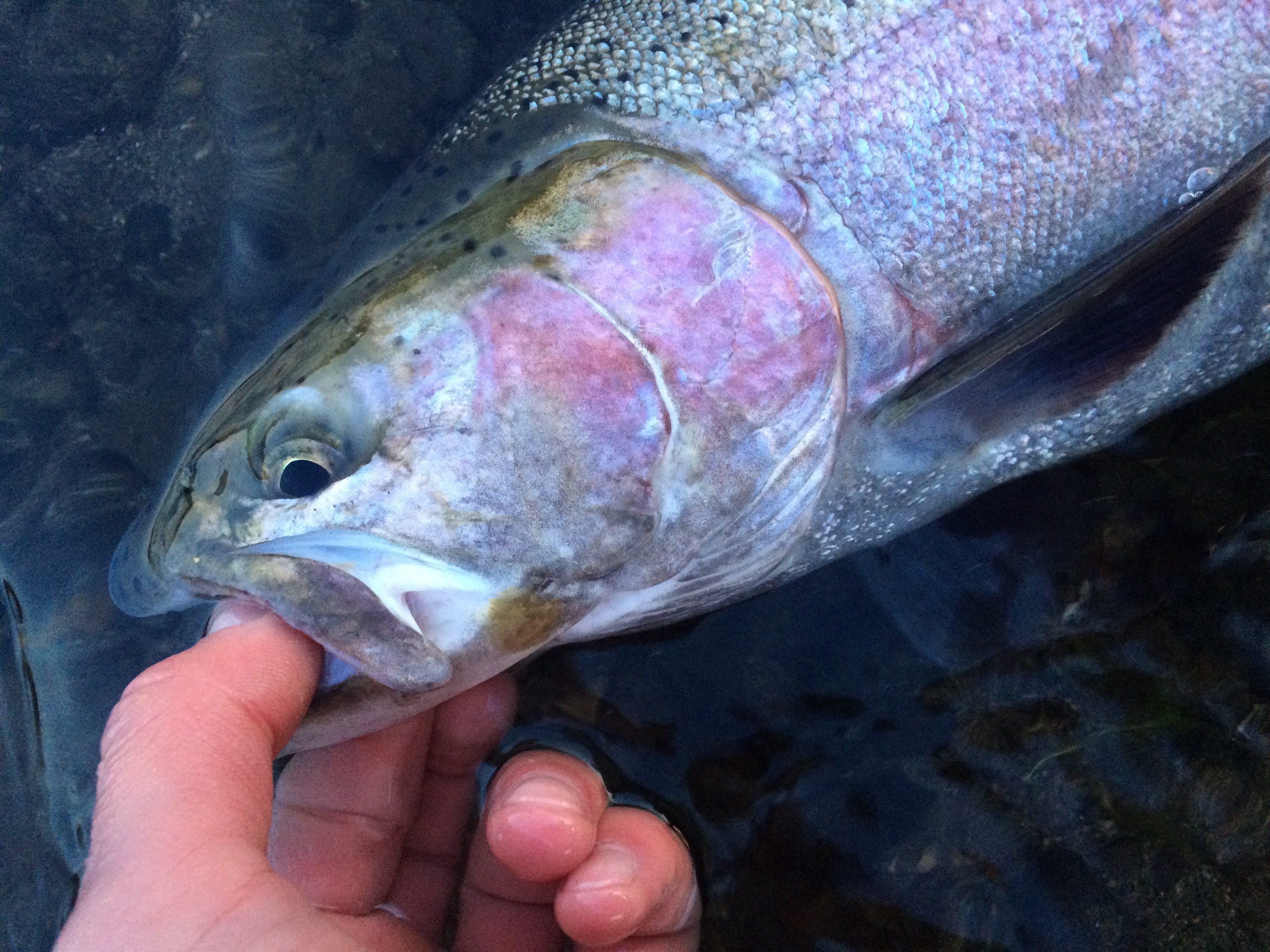
For the pike and barracuda and gar, a Boga is still not necessary once the fish had been unhooked. Instead, tail the fish and put your other hand under their pectoral fins to support the weight.
Just be sure to hold all fish horizontal. Studies have shown only black bass can tolerate vertical holds, but the holds for those species and those species only must be perfectly vertical. Holding most fish vertically causes organ damage which increases in severity the larger the fish is. Large fish aren’t designed to deal with above-water gravity.
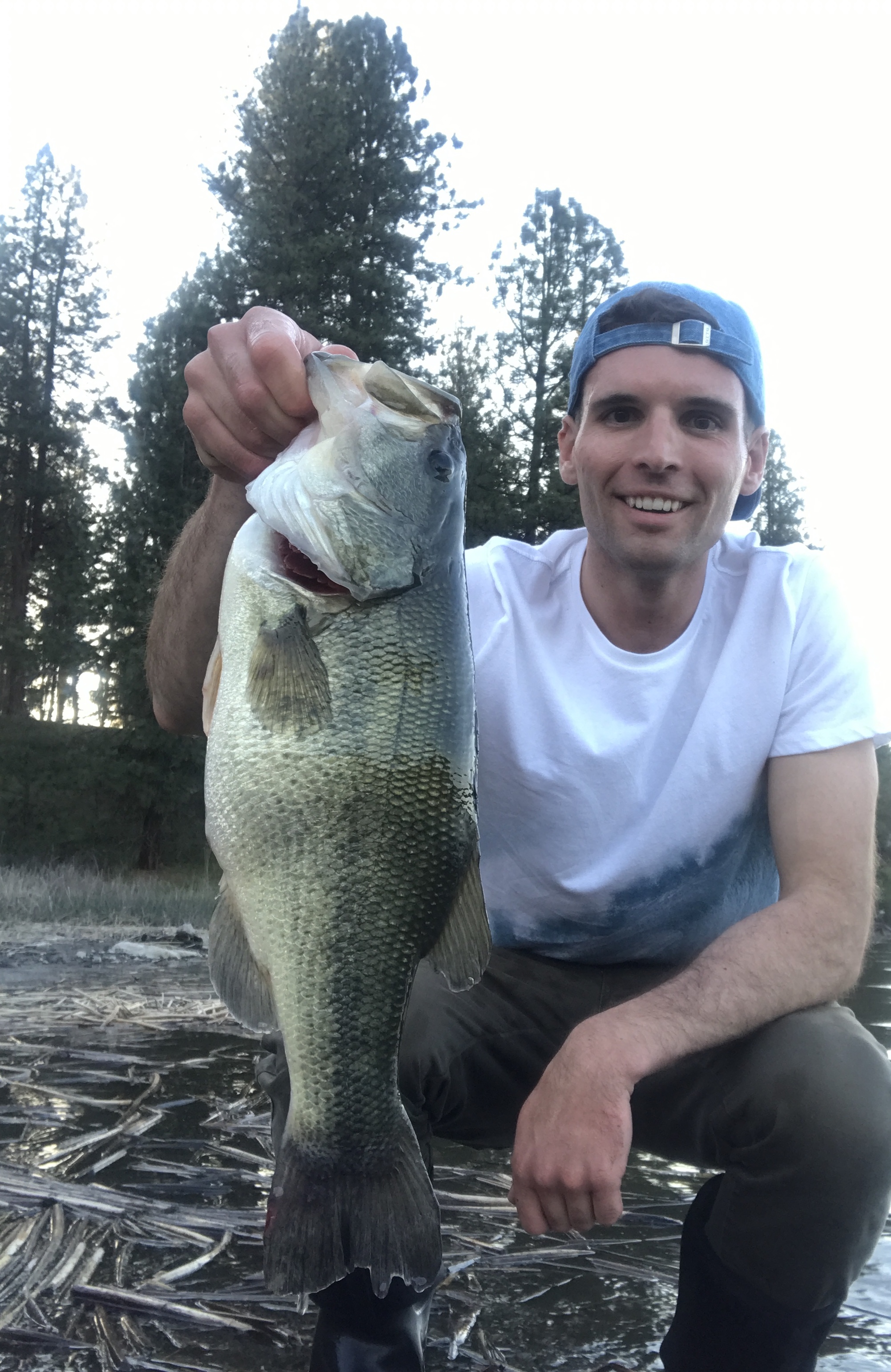
Don’t hold fish at a 45-degree angle, either, as is popular with bass anglers. This is a surefire way to break their jaw.
But you have to weigh them, right? Get a tare weight using a wet shopping bag or a net if you really need to with the fish horizontal then subtract the weight of the net out afterwards.
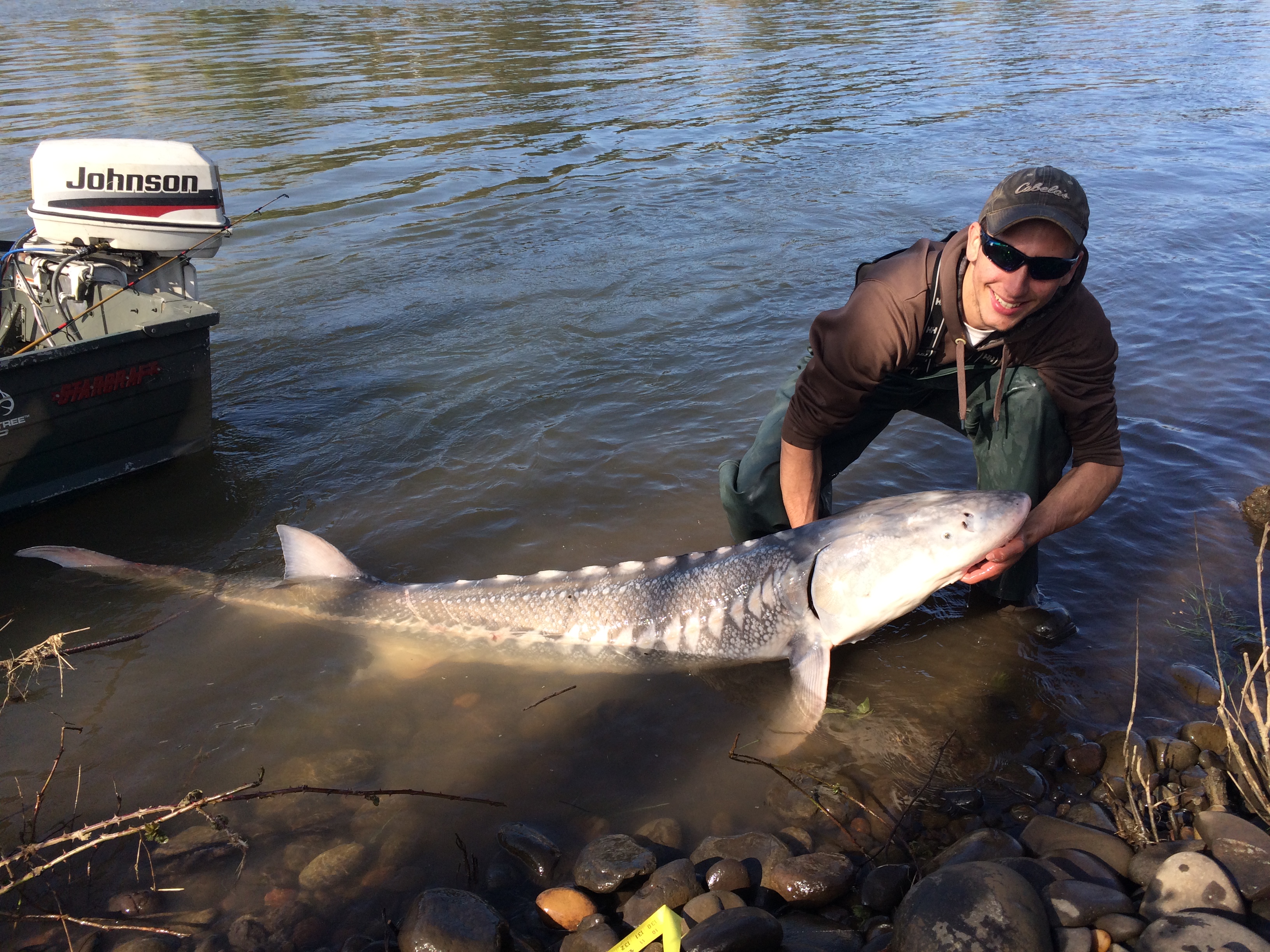
Pictures are great, and you don’t need to feel bad about documenting your catch of a lifetime, but all you have to do is hold the fish correctly — no need to kill a fish for your own stubborn vanity, as we have probably all done at some point.
4 — #KeepEmWet
So your hands are wet and your gloves are off. You sold your Boga. You know to grab the fish and hold it horizontally, but now what?
While anglers know fish shouldn’t be out of water long, “long” has never formally been defined.
As it turns out, 10 seconds is the window.
One American study found that Atlantic salmon, a species known for aerobatics and even fighting to the death, may not have died from reasonable (less than approximately 30 seconds of) air exposure, but those fish exposed to air for more than 10 seconds at a time produced just a third of offspring of those fish that never touched air more than 10 seconds.
So even though the fish you release may not die immediately, it could die later or suffer internal damage that results in reduced sexual viability or even infertility. That’s significant.

“Fish can survive out of the water about as long as humans can survive under it,” summarized an United States Department of Fish and Wildlife biologist.
This is true.
Suffocation requires at least two minutes of oxygen deprivation, and fish can survive out of water for two minutes or more — “can” being the operative word. A fish won’t suffocate out of water in under a minute or two, but a 2015 study conducted by Canadian researchers, entitled “Fish out of water: How much air is too much?” reminds anglers that suffocation is just one of many risk factors for fish.
This study went on to say: “when a fish is removed from water, a cascade of physical and physiological disturbances supervene.”
Gill function is inhibited without the ability to extract oxygen.
Imagine. A fish out of water is like, well, a fish out of water, as the saying goes.
“The individual develops an oxygen debt, and acidic carbon dioxide accumulates.”
For those who had to Google that like I did, it’s bad.
Further, the fish’s heart rate will slow until it’s returned to the water, and then it will become tachycardic, beating at a dangerously high rate.
“The longer the air exposure duration, the longer these cardiac disturbances take to recover (from),” the study reports.
In other words, the longer a fish is kept out of water, the more it becomes oxygen-starved and its body is flooded with harmful stress hormones like cortisol.
And, as it turns out, stress can be cumulative for fish just as it is for people.
A river fish traveling long distances to spawn, struggling to find food in a oligotrophic riverine environment — a river environment low in plant nutrients and abundant in oxygen — that is caught by an angler may find the experience of being caught and released much more traumatic than a well-rested fish residing in a eutrophic lake, a low oxygen environment where food is plentiful.
The article suggests “stress due to air exposure can be influenced by preceding events such as chase, injury due to capture, and environmental conditions. In fisheries where fish ‘fight’ to exhaustion, burst swimming and the resulting power output from locomotory muscles, fueled by anaerobic metabolism, depletes tissue energy stores and initiates a stress response.”
Functionally, if you want to weigh, measure, and photograph the same fish, give it 30-60 seconds of submerged rest in between each activity and limit each to no more than 10 seconds above water.

If your self-timer doesn’t work on the first go, dunk the fish and try again in a minute.
Fishbrain doesn’t have a timer, so you can take your time posting that catch.
A fish in a net isn’t going anywhere, so take your time and let the fish recover.
Summary
To recap, your catch-and-release fishing starts with your gear. Be sure to choose gear stout enough to quickly land fish and err on the side of heavier-than-necessary.
Use a rubberized net instead of “boat flipping” or “beaching” fish. The dirt and grime and carpet of your boat can strip fish slime. Just keep them in the net or the water.
Always wet your hands and never handle a fish with dry hands or gloves (except 100% rubber gloves).
Limit air exposure to no more than 10 seconds at a time and remember to #KeepEmWet as long as possible.
One additional tip: if you don’t need to handle it, don’t.
Oregon Department of Fish and Wildlife fish biologist Bill Tinniswood says “I think we tend to overhandle the fish on release. I have been guilty of this for years. If the fish can swim away, let it go.”
If you are going to release your catch, fisheries managers encourage anglers to not remove fish from the water at all. You don’t even need to touch the fish. Besides, not touching a fish leaves its slime layer and scales intact and helps keep stress to a minimum.
#CaughtOvgard
